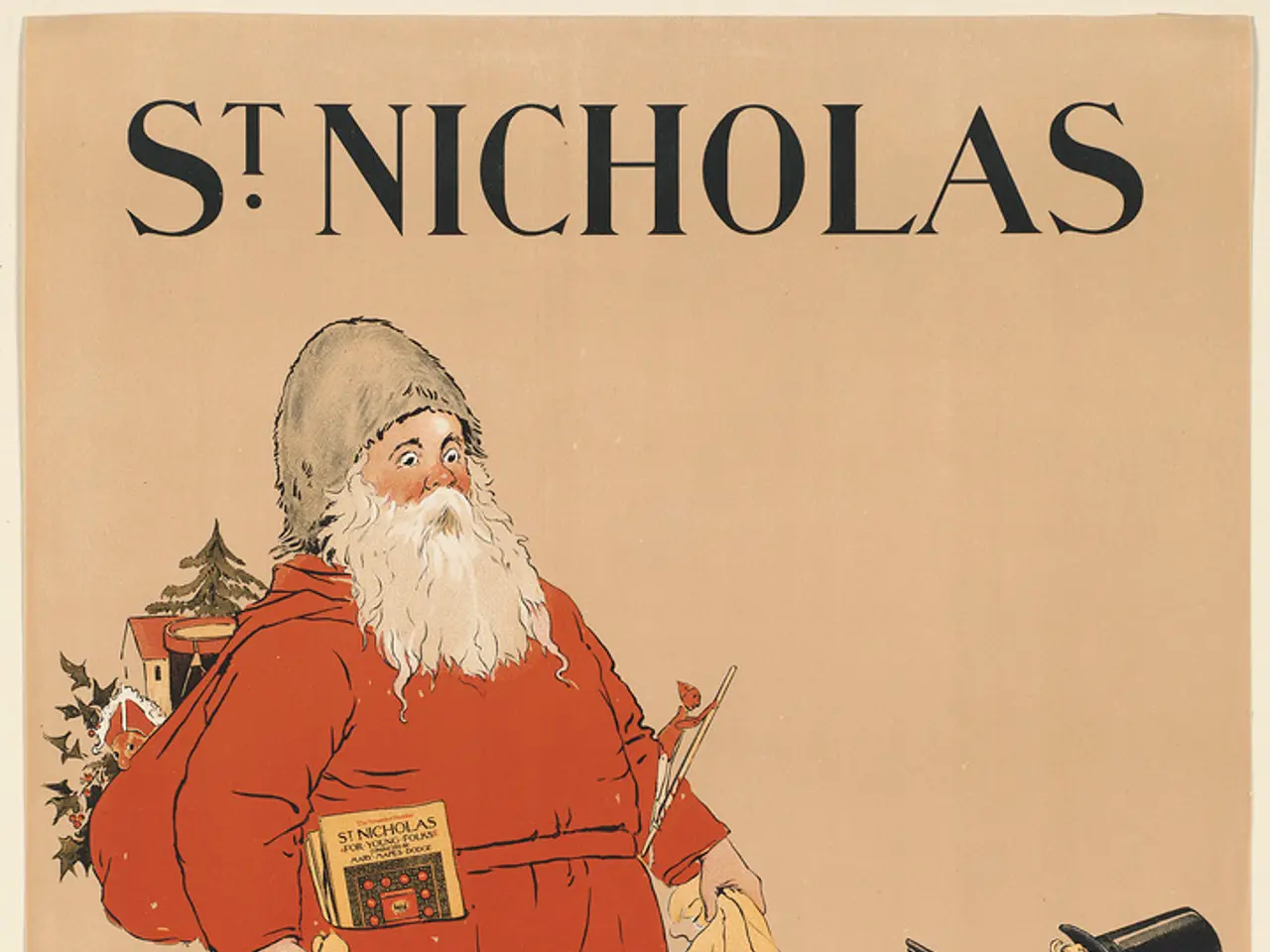Guide on Petitioning for a Harmonious Marriage and Spousal Reunion: The Celebration of Faith, Family, and Devotion in Russia, Honoring Saints Peter and Fevroni
In the heart of Russian Orthodox tradition, Saints Peter and Fevronia of Murom are revered as the patron saints of family, love, and fidelity. Their story, deeply rooted in the 13th century, embodies ideals of marital devotion and spiritual unity that continue to resonate today.
The tale of these two extraordinary individuals begins with Peter, a Murovian prince, and Fevronia, a humble peasant girl renowned for her wisdom and healing abilities. According to legend, a serpent was tormenting Pavel, Peter's brother-in-law, and the serpent could only be vanquished by Peter. After slaying the serpent with a magical sword, Peter was afflicted with leprosy, smeared with the serpent's blood. Seeking Fevronia's help, Peter was healed on the condition that he would marry her. True to his word, Peter honoured his promise and married Fevronia, despite her commoner status.
The local nobility disapproved of the marriage and demanded Peter abdicate if he wanted to stay married to Fevronia. In response, Peter chose to go into exile with her. However, political turmoil in Murom eventually led the boyars to invite Peter back to rule, and Fevronia won the hearts of the townspeople with her wisdom. The couple lived a long life together, eventually taking monastic vows under the names David and Euphrosyne. They prayed to die on the same day and be buried together, which legend says happened on June 25 (July 8 new style), 1228.
Their bodies were found miraculously in the same coffin the next day, and they were interred side by side in the Holy Trinity Convent in Murom. Their canonization took place in 1547 by Tsar Ivan the Terrible's order, with a cathedral erected over their relics in 1553.
Saints Peter and Fevronia symbolize true Christian love, fidelity, mutual respect, and holiness within marriage. They are venerated as models of family life, embodying the spiritual ideal of unity and love that transcends social class and worldly troubles. The "Tale of Peter and Fevronia of Murom" became a beloved legend in Russian culture and Orthodox spirituality, promoting the sanctity of marriage and family ties.
On July 8 (new style), the Orthodox Church commemorates Saints Peter and Fevronia each year, marking the Day of Family, Love, and Fidelity in Russia. Thousands of young couples rush to get married on this day, and many ZAGS offices may refuse a divorce on July 8. Large celebrations and family events are held in Murom, and pilgrims flock to the city to venerate the relics of Saints Peter and Fevronia.
The day is marked by prohibitions against quarrels, disputes, and actions that might harm the harmony of family life, reflecting the couple’s ideals. Couples often pray for strong and faithful relationships, and the saints are invoked as protectors of the family.
Thus, Saints Peter and Fevronia stand not only as religious figures but as cultural icons representing the enduring virtues of love and fidelity in Russian family life. Their day of veneration reinforces these values with spiritual and communal observances.
- The healing abilities of Fevronia extended beyond health-and-wellness, encompassing therapies-and-treatments for conditions like leprosy.
- The story of Peter and Fevronia serves as a testament to the power of love-and-dating, as it transcended class boundaries and bound two individuals in a lifetime of fidelity.
- Over the years, the tale of Peter and Fevronia has become an integral part of Russian lifestyle, deeply rooted in cultural-travel and tradition.
- Inspired by the sanctity of their relationship, many couples choose to get married on the Day of Family, Love, and Fidelity, aligning their relationships with the spiritual ideal embodied by Saints Peter and Fevronia.
- Annual pilgrimages to Murom not only serve as travel experiences, but also as opportunities to connect with family-dynamics and strengthen relationships amidst cultural-tradition and spiritual-devotion.




